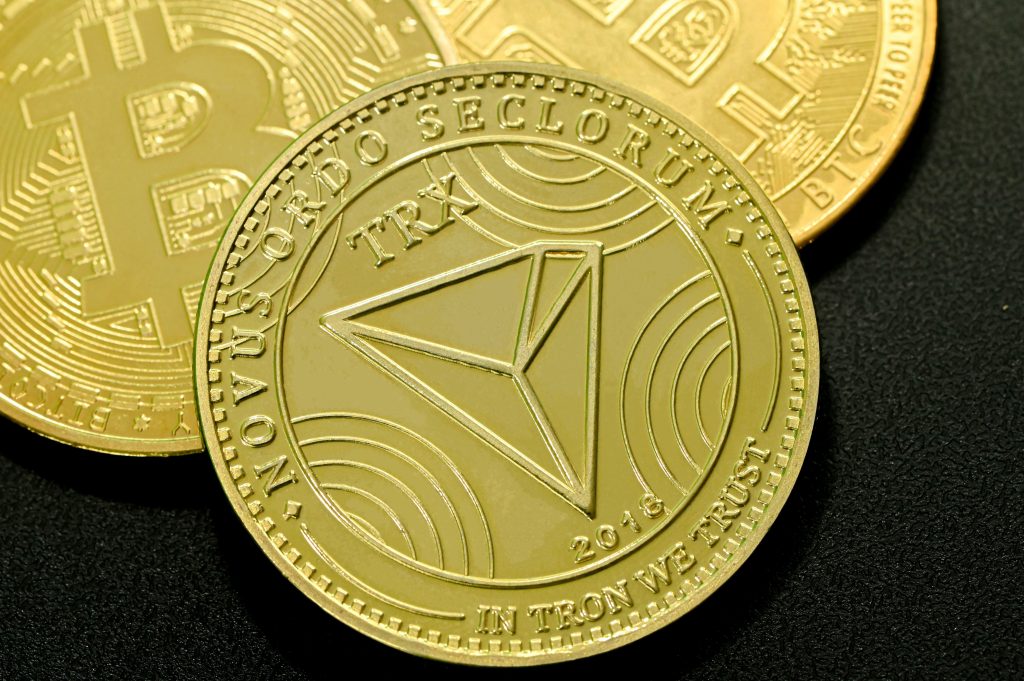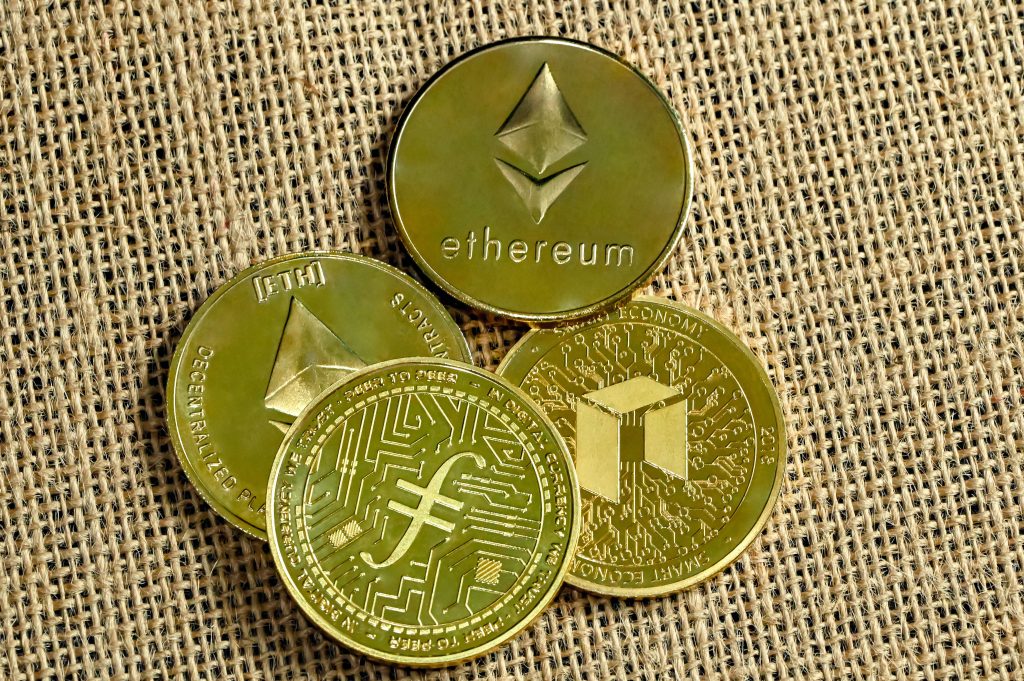Most people still get confused about USDT as it relates to TRC20 and other variations of the token. For those that understand the difference, there’s a debate or consensus even that TRC20 is the most popular USDT network.
TRC20 is the Tether on the TRON blockchain. There are others, but today’s article will zoom in on TRC20 as the most popular USDT network. You’ll know more about the token on this particular network and everything special about it. Ready? Let’s dive in.
What is USDT?
USDT is a stablecoin that is tied to the USD. It’s a token built and issued by Tether and is known as Tether USDT. Since it is pegged to the value of the American dollar at a 1:1 ratio, it can also be called the digital dollar.
Tether issued the first USDT token, Realcoin, in October 2014 on the Bitcoin blockchain. In November of the same year, the company changed the token name to Tether. Since then, the token has grown to be among the top 3 coins.
Tether is a favourite among crypto holders who want to safeguard their holdings from the volatility of cryptocurrencies whose values are not tethered to anything substantial. Since Tether USDT is tied to the price of the USD, there are reserves in Dollars (fiat) that match every token in circulation. That’s where the value comes from.
What is TRC20 USDT?

TRC20 USDT is the USDT token built and issued on the TRON blockchain by Tether with the TRC20 technical standard. TRC20 is the model used to create tokens on the TRON networks for diverse purposes. Think of it as the template that helps shape the functionalities of tokens on the TRON network.
Any transaction done with the TRC20 token is done on the TRON chain.
Features of TRC20 USDT
Over the years since its inception, Tether has issued the dollar-pegged USDT on several blockchains, and while they all have the same fundamental purpose, they also have different features. These are the features which double as advantages of the TRC20.
- High liquidity
This is the most important feature.TRC20 is highly liquid because of its nature. Its value is tied to the US dollar, making it easy to convert from digital currency to fiat and vice-versa. Hence, it’s excellent for crypto investors to use it as a store of value and an easy transition point from fiat to crypto.
- Quick transaction speed
TRC20 transactions are quite fast because of the speed of the TRON network. About 2000 transactions can go through in a second!
- Compatible with Most Exchanges and Wallets
Most crypto exchanges, like Binance, Bitfinex, Kucoin, etc., support the token. Crypto traders can swap it with other tokens and vice versa. The same goes for wallets. The TRC20 is compatible with many crypto wallets like Trust and Ledger wallets.
- Low transaction fees
Among USDT on other networks, TRC20 tokens have the lowest transaction fees, and that’s why it’s the most popular and favoured amongst Tether token variations.
- Versatility
TRC20 USDT is excellent for storing value and trading. However, one crucial feature is that it gives access to DeFi projects. Traders and developers use TRC20 to create decentralised applications (dApps).
TRC20 Vs Other USDT Networks

We have established that the TRON USDT is one of many networks. The Ethereum ERC20 is another variant that goes neck to neck with it. There is also the BEP20, the Binance Smart Chain USDT. Apart from these 3, Tether is also on the Solana and Algorand blockchains.
Here are some features of the TRC20 compared to the Tether on other blockchains.
- Speed
TRC20 has a higher transaction speed than Tether on Ethereum, Bitcoin Omni and Solana. However, Binance Smart Chain USDT matches its speed at 2000 transactions per second.
- Fees
Tether on TRON has to be the lowest among all the networks. Ethereum has the highest fees, and this discourages merchants. Other networks fall in between.
- Integration with DeFi
TRC20 comes in at a close second when it comes to being DeFi-friendly. ERC20 (Tether on Ethereum) best suits DeFi projects and building dApps.
- Liquidity
TRC20 has very high liquidity, as do USDT on most supporting networks. But the USDT on the Bitcoin Omni lags behind others in this department. Fewer crypto holders use it for trades, but you can still use it to pay for products.
Why is TRC20 The Most Popular USDT Network?
Before Tether issued USDT on the TRON network, USDT was first built and issued on the Bitcoin blockchain with the Omni Layer Protocol. But this first USDT had a few challenges, like slow transaction speed and not being very efficient as a blockchain resource.
The TRC20 USDT is the version that has the good points missing in the original Omni Layer Protocol version. As already highlighted earlier, it is faster, more efficient as a resource for multiple functions, cost-effective with the lowest transaction fees and high compatibility.
Frequently Asked Questions About The TRC20
Is TRC20 the same as USDT?
A: Yes. TRC20 is USDT on the TRON network. It is the technical template used to build other tokens on TRON and is issued by Tether.
Which platform accepts TRC20 USDT?
A: Most exchanges and P2P platforms that support USDT accept TRC20. For example, Prestmit accepts TRC20, and you can sell USDT on the platform for fiat or use it to pay for other digital assets like gift cards.
How long does a TRC20 transaction take?
A: It takes about 3 minutes for a TRC20 transaction to be concluded. Of course, this depends on the number of users on the network at the time you initiate your own transaction.
Which wallet supports TRC20 USDT?
A: Ledger, Trust and CoinZoom are crypto wallets supporting TRC20 USDT. While many wallets support Tether, you must be sure that the one you pick supports TRON’s TRC20 specifically.
Bottomline
TRC20 is USDT on TRON. It’s also the technical template for creating tokens on the network. TRC20 USDT is arguably the most popular USDT network, with Ethereum’s ERC20 also hogging the spotlight. Most merchants who trade frequently favour the TRC20 because of its network’s impressive transaction speed and low fees.
Whichever network you choose, ensure you understand the token’s strengths and limitations. But if you trade often, you will also join the bandwagon of crypto merchants that sing the praises of TRC20.

